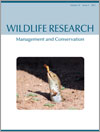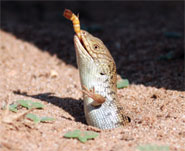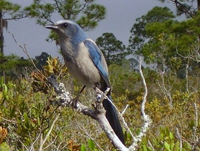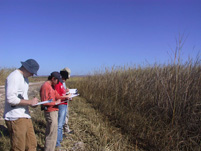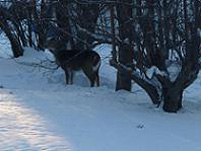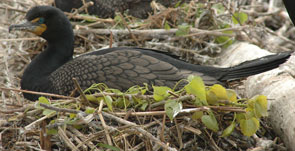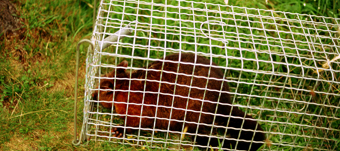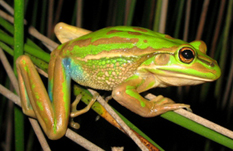WR11166Rabbits: manageable environmental pests or participants in new Australian ecosystems?
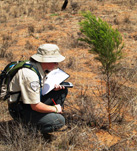
Although wild rabbits have an important beneficial role in European ecosystems, we should not assume the same for natural ecosystems in Australia. Despite biological control, rabbits continue to reduce biodiversity and prevent the maintenance of natural ecosystems across southern Australia. The failure to recognise the severity of this problem and a mistaken preoccupation that rabbits have become widely integrated within Australian ecosystems that now hinders conservation rather than our lack of capacity to control rabbits. Photograph by Brian Cooke.


